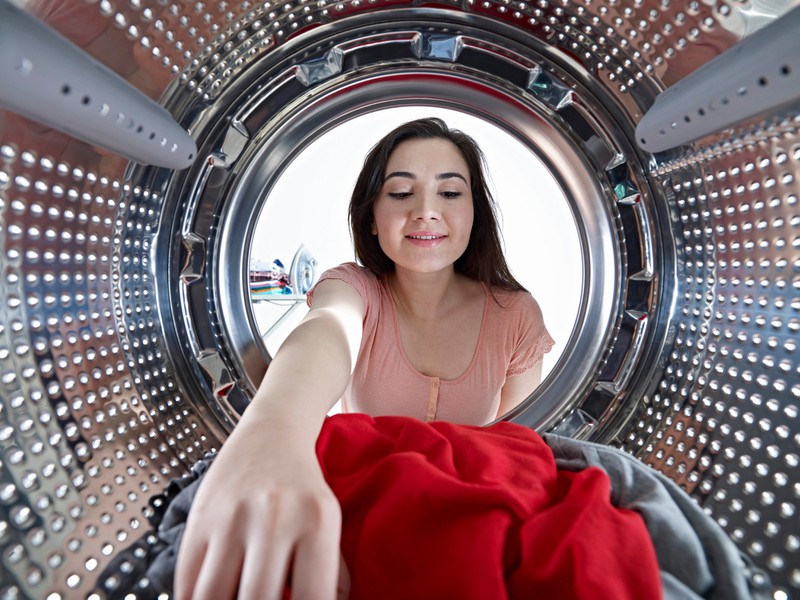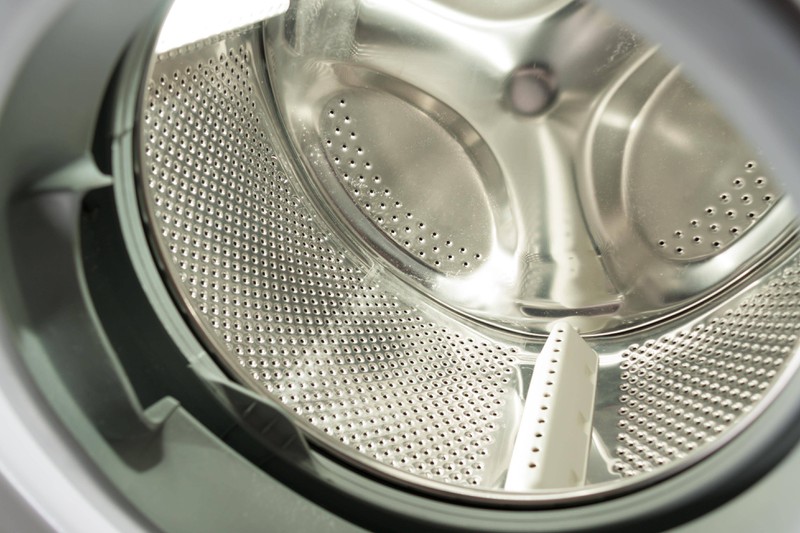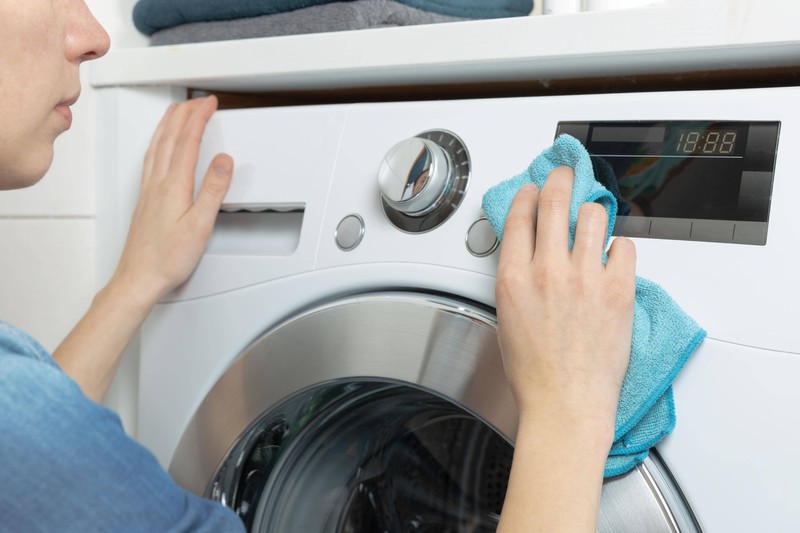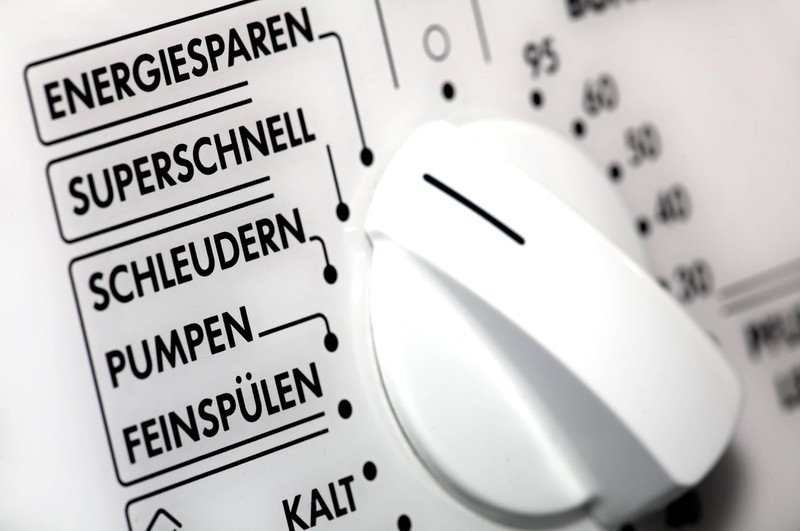How To Keep Your Washing Machine Clean And Germ-Free
Bacteria and mold in your laundry ? No thanks! We'll give you some useful tips for how to keep your washing machine clean and germ-free.

These Days, Many Can't Imagine Doing the Laundry Without a Washing Machine
Those who don't have one at home go to a laundromat or to mom's house. The washing machine has become indispensable in many countries; but because of its name, many people don't clean it properly. What is called a "washing machine" should be able to clean itself, many people think. But when the freshly washed clothes don't smell as good as the old ones, it's alarming: Like any other household appliance, the washing machine must be cleaned regularly to prevent unwanted odors and mildew. We'll show you how to keep your washing machine clean and germ-free.
You can read about it on the following pages!

Leave the Door and the Laundry Compartment Open
This is probably the simplest prevention tip - mold and mildew don't stand a chance! After washing, leave the door and the detergent compartment slightly open. This allows air to get in and dry out any water and detergent residue that might otherwise quickly start to smell.

Checking and Cleaning the Door's Sealing Rubber
The rubber is usually very strong, but it can happen that the sealing rubber tears and everything leaks out. Therefore, it is important to check it regularly. By the way, mold, hair, dirt, etc. can accumulate in the folds of the rubber, so you should often wipe everything down with a damp cloth. If you don't, it can quickly start to smell.

Cleaning the Laundry Compartment
Many bacteria and molds can also accumulate in the laundry drawer - after all, it really does dry very slowly and most people forget about this compartment during basic cleaning. Again, you can use diluted citric acid or vinegar (or water) to clean it easily by hand (don't forget to wear rubber gloves). If the drawer can be completely removed, you can also put it in the dishwasher. By the way: you should also wipe down the now empty compartment!

Descaling the Inside of the Washing Machine
In regions with "hard" water, i.e. very hard, limescale can be deposited in large quantities in the drum. To remove it, you can use cleaning products for washing machines, available in all drugstores; they are used once or twice a year in an empty wash cycle, depending on the degree of soiling. But for those who find this too chemical, there are also more natural aids: citric acid, for example. Pour seven to eight tablespoons of acid powder into the drum, run the empty wash cycle and voila: The drum shines again. Two dishwasher tablets produce the same effect!
To prevent limescale, you can also add a little household vinegar to the fabric softener compartment from time to time. You won't smell it, I promise!

Cleaning the Lint Filter
Where do the forgotten parts, buttons and such disappear to when washing? Not in the hose, but in the lint filter. The lint filter is located in the base, i.e. on the lower part of the machine, usually on the left or right front. The lint filter should be cleaned at least twice a year, as this is where things can build up. Don't be afraid: If you unscrew it for the first time, a smelly broth may come out.

Regularly Wash at High Temperatures
Washing machines do their job even at very low temperatures - many of us probably wash everything at 30 degrees! This certainly saves energy, but it doesn't kill all the germs. That's why it's important to run a hot cycle at +90 degrees every two weeks or so. This automatically removes grease, dirt and germs. Of course, this is not suitable for sensitive materials, but bed linen and towels can withstand this treatment - and are also "disinfected" at the same time.
